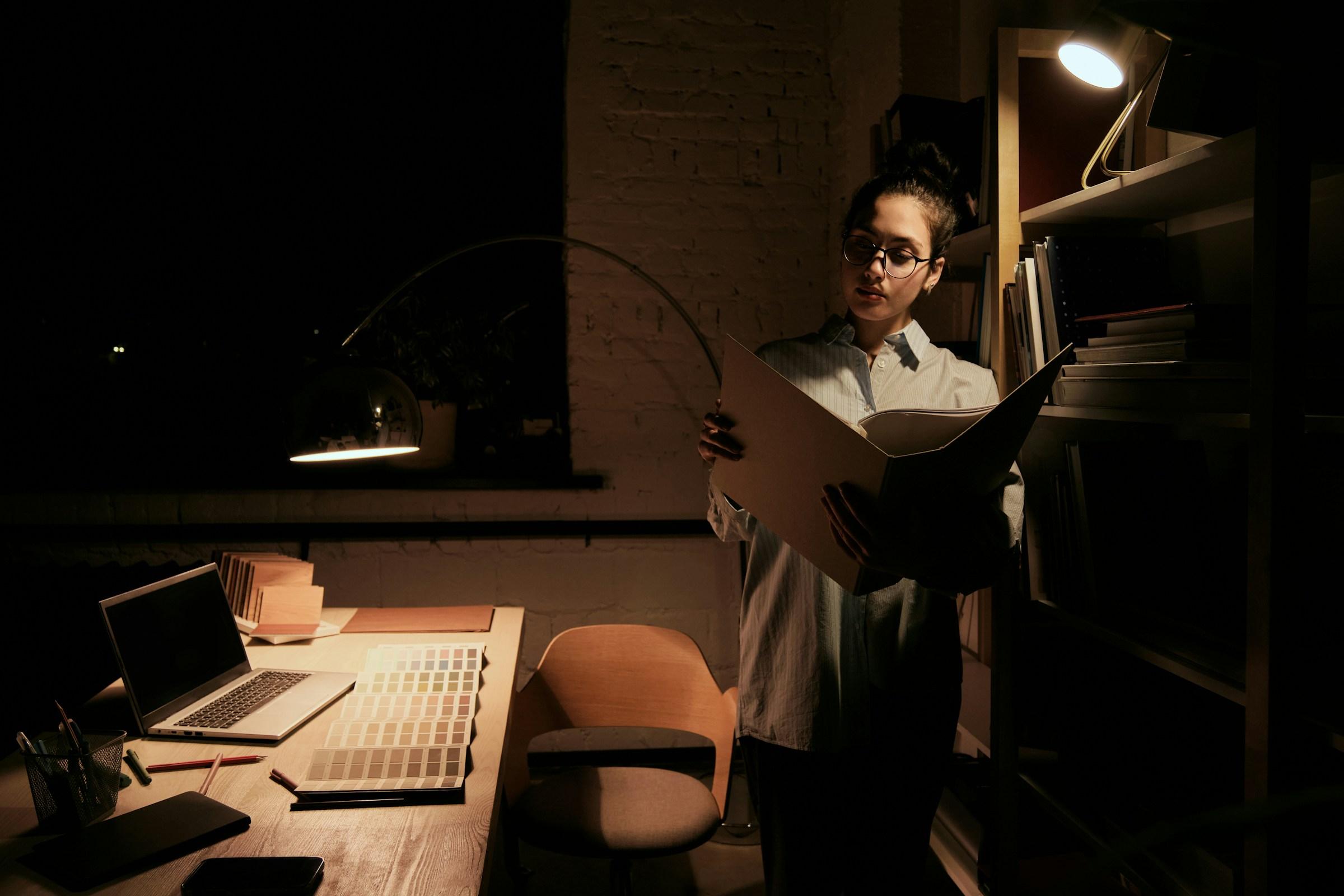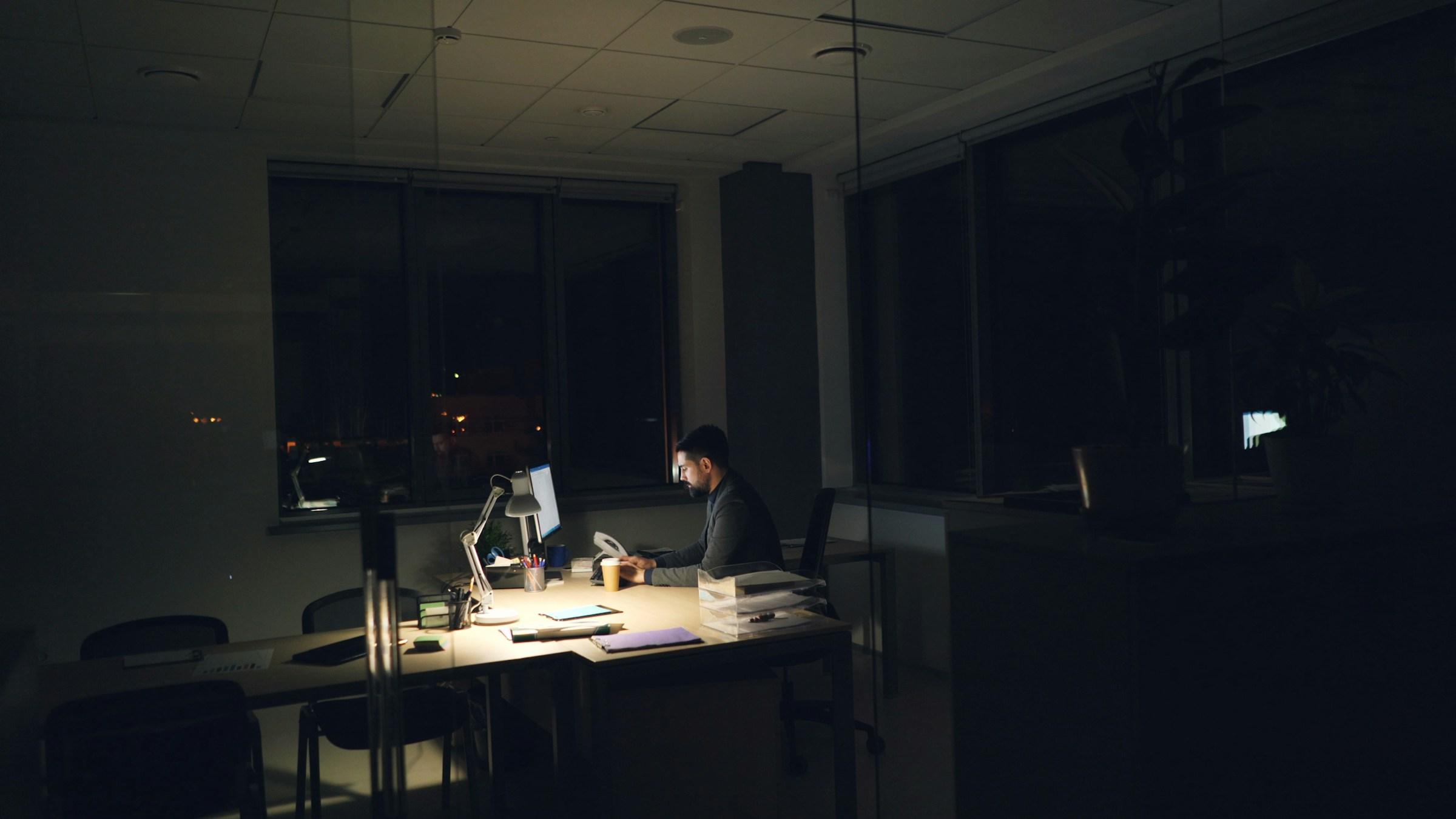The first hour alone in a new place is louder than the plane that brought you there. Your senses wake all at once. The curb smells like rain on hot stone. A busker tucks a melody under the traffic. Your bag feels heavier than it did at home because it holds every choice you made about who you are when nobody is watching. That is the secret design brief of solo travel. It is not only a geography. It is a layout for your attention, your courage, and your care. It invites you to edit your life the way you might edit a room, removing what is ornamental and keeping what offers function and feeling.
What grows first is attention. At home the familiar turns into wallpaper. Your feet memorize the path from bed to kettle to desk. On the road the simplest task becomes a small ritual worth noticing. Buying water is a language lesson. Crossing a street is choreography with other people’s rhythms. You learn the city by its sounds, its steps, its shortcuts. Attention is a muscle that thrives on novelty, and novelty is abundant when you travel alone. Over a week of noticing, your brain anchors new patterns. You look up more. You listen longer. You begin to organize your day not only by tasks but by light and temperature, by the energy of a morning street market or the quiet promise of a late afternoon museum. That shift does not vanish when you return. It comes home like a new lamp, changing how every other object looks.
Confidence grows next, not as bravado but as quiet competence. You make micro decisions for hours. Which bus. Which alley. Which table by the window. Some choices are wrong, and you course correct without ceremony. Confidence that arrives through doing is steadier than confidence that arrives through praise. Solo travel replaces the audience with a mirror. You become a person who solves small puzzles without an applause track, and that identity finds a place in your bag alongside the charger and the passport.
The way you pack becomes a metaphor for the way you live. One pair of sturdy shoes. Two shirts that work day to night. A scarf that softens a drafty bus and brightens a plain dress. When options shrink, style sharpens. You learn to design for repeat use, for combinations, for layers that adapt. Back home, that experience informs a calmer closet. You start to arrange a kitchen the same way, with the things you reach for placed where your hand expects them. Solo travel is not a shopping trip. It is a systems lesson. The system says keep what serves, repair what lasts, borrow what you only need once, and place items where they make the next action easier.
Boundaries find shape on the road because you must draw them. You say no to a vendor with a smile. You leave a café when the vibe turns. You take a photo only after seeking a nod. Boundaries are not walls. They are edges that help a space breathe. Traveling alone requires edges you can feel. You learn to read your own energy and to end a day before the day ends you. That same skill returns home and becomes how you protect a Sunday morning, or how you decide that your phone lives in the hallway, not in your bed. Growth is not only an expansion. It is also a better outline.
Curiosity matures into cultural empathy when you let the place teach you. You will get lost. You will mispronounce a name. You will have a meal where you do not recognize a single ingredient and your mouth lights up with a flavor you have no word for. Respect grows in the absence of fluency. You realize that locals are not set pieces in your personal story. They are neighbors for a day who carry their own weather of worries and joys. When you return, this recognition softens your edges in ordinary encounters. You tip more thoughtfully. You ask better questions. You notice the service worker’s pace and match it with patience. Travel has always promised perspective. Solo travel upgrades that promise to humility.
Time changes shape without company. Hours lengthen when you are not negotiating preferences. Silence arrives without apology. You learn whether you prefer a museum before lunch or a long walk after dark. You learn whether your best thinking happens on a train or beside a fountain. This is practical knowledge disguised as romance. Knowing when you think clearly helps you schedule your life with more compassion. If afternoons make you foggy, you stop forcing your heaviest tasks into them. If mornings spark ease, you protect them. Solo travel gives you a clean, experimental week to run a personal time study with a friendly observer’s eye.
Risk calibration becomes a daily practice. You realize fear is not a binary. It is a dimmer. You dial it up and down with information. You map a route. You tell someone where you will be. You note the crowd’s mood. You develop a checklist that belongs to your body as much as your notes app. Shoulders loosen when something feels right. Shoulders tighten when you need to adjust. You start trusting that signal. Back home that sensitivity guides decisions that have nothing to do with streets or buses. You sense when a meeting is drifting into confusion and you pause to reset. You sense when a plan is overstuffed and you remove one commitment so the others can breathe.
Sustainability threads quietly through solo travel when you choose pace over quantity. A slower itinerary reduces transport churn. Staying longer in one neighborhood teaches you where the refillery sits between the bakery and the bookstore. You bring a compact bottle and refill instead of accumulating plastic that will outlive your story. You choose a small guesthouse that employs a family and walks their dog at night. Money becomes a vote for the kind of place you want to exist. Back home that sensibility shows up in ordinary errands. You choose the repair café. You bring your tumbler to the hawker. You notice packaging because you learned to notice weight.
Food becomes more than fuel. It becomes map and memory. The tomato at the market tastes like sun. The auntie who sells you soup tells you which temple is quieter at nine. You do not rush. You learn that hunger peaks at a rhythm tied to movement and weather. You stop eating by the clock and start eating by your own signals. That skill can heal a noisy relationship with meals when you return. You plan your kitchen for ease. You chop vegetables once for two dinners. You place fruit at eye level because things that are seen get eaten. Solo travel teaches you that design influences behavior. A bowl within reach will always be more powerful than a rule you must remember.
Solitude becomes friendlier. In company, we share our observations to confirm that we are seeing the same thing. Alone, we learn to trust what we saw and felt without a chorus. Journals fill. Voice notes appear between train stops. You capture the color of a door and the way a child’s laughter rose over the thud of a football. This practice deepens your relationship with your own narrative. You become the archivist of your life. Back home this looks like a short nightly note on what worked today and what felt heavy. That small archive becomes a compass when your routine blurs. You remember the week that felt easy and you can name why.
There is also the art of asking for help. Solo travel does not mean heroic isolation. It means knowing when to lean. You approach the kiosk and say the one phrase you rehearsed. You show a pin on your screen and invite a stranger’s finger to trace an answer. You learn the etiquette of gratitude across languages. Help arrives more often than not, because most people like to be useful when the request is respectful and clear. This resets an internal myth many of us carry at home, that independence is an ideal of self containment. Independence with the capacity to ask is stronger. It is also kinder.
Creativity often arrives disguised as logistics. You are not painting. You are arranging a day to catch the best light at an overlook and to land in a café before the rain. You are assembling a palette of sights, sounds, and textures that carry you into new ideas. Many people return from travel with a better problem solving mode because they practiced flow. They learned that if a museum is closed on Monday, Tuesday is suddenly an opportunity. They learned that if a bus is full, walking might become the most memorable part of the day. This flexible agency grows projects. It loosens perfection and invites progress.
Money gains texture when it funds experience over accumulation. You notice that one quality meal feeds a story for days, while three hurried snacks leave no memory. You see that a public concert offered more joy than a branded tour. You watch your daily budget not as a rule to obey but as a story about value. This awareness can soften impulse buys later. You start asking whether a purchase will expand a day or simply fill a shelf. The answer shapes a more intentional home, the kind that breathes with your real life rather than staging a life you do not live.
Relationships at home sometimes grow too. Paradoxically, traveling alone can make you a more generous companion. Distance clarifies who you want to share your days with. The first person you text after a tiny triumph in a foreign city is often the person your heart trusts. You return with stories that make room for other people’s stories. You become better at taking turns, better at suggesting a plan without anchoring everything to your preferences, better at letting others lead because you no longer believe leadership must always come from you.
Of course, solo travel is not a cure. It is a mirror and a lab. If you bring rush, you will meet rush. If you bring comparison, you will find accounts to compare. But the lab is forgiving. It offers daily resets. A quiet morning can repair a noisy night. A wrong turn can introduce a view you would not have seen. In that sense, growth is not a grand reveal. It is the accumulation of small, repeated choices that inch you toward the person you prefer to be.
The most beautiful souvenir is an arrangement of habits that fits you better. Maybe it is a ten minute walk at sunrise because you learned that light lifts you. Maybe it is a midweek dinner that uses what you already have because improvisation tasted better than a plan. Maybe it is the bravery to take a new bus line in your own city, to treat home as worthy of exploration. Solo traveling personal growth is not about becoming someone else. It is about recognizing the person who was waiting for a bit more space.
When I think about the rooms we build inside our lives, I picture a small entryway with hooks placed where a tired arm naturally reaches, a bench that invites a pause, a shelf that holds what matters and not much else. Solo travel helps you design that room. It teaches you where to hang the weight you carry, how to sit with yourself before you rush again, what to display and what to place quietly out of sight. It teaches you to arrange your days so that meaning is not a special occasion but a daily pattern. The journey does not end when the plane lands. It continues each time you choose rhythm over noise, function over clutter, respect over hurry. That is the growth we get to keep.















